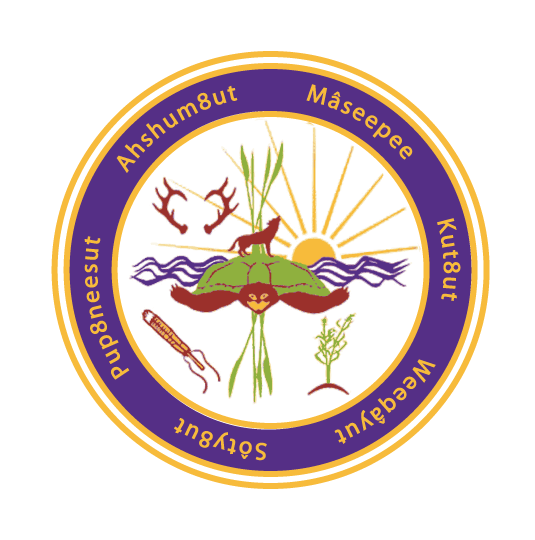By Laura Mirsky
The following articles will relate to Peacemaking and the Justice system. I have edited some of the material to make it cohesive and easy to read. Various tribes have included Peacemaking in their justice systems and provide a wealth of knowledge about the Peacemaking process. We will examine the Navajo Peacemaking process. It is a traditional method of Indigenous justice. We will continue with Chief Judge Robert Yazzie of the Navajo Nation and look at some of the cases that were handled with Peacemaking.
Judge Yazzie reports that two justice systems can work side by side; they can help each other, and this can be done either at the federal or state court level. “I’ve had federal judges come to me to ask me, ‘How can we work together to resolve crimes committed by juveniles, minors who end up in federal court?’ I told them that we can work together; we can use peacemaking and the federal court system hand in hand to come up with solutions. And I believe we are going in that direction. Correctional institutions in this country have picked up on peacemaking and have been working with it. It took a lot of time. It’s taking a lot of education, a lot of persuasion. Even among our people, we have to do the same thing.”
Judge Yazzie believes that most of the knowledge, the foundation and process of the restorative justice movement comes from the indigenous experience. “In the Western world, the restorative concepts are long forgotten,” he said, adding, “People rely on books to relearn that stuff.” What he really doesn’t appreciate, he said, is “when I speak, people say, ‘Oh, you created peacemaking for the Navajo Nation.’ As a human being it’s impossible for me to do something like that. It comes from the people themselves it comes from everybody. That’s what we call common law, the people’s law. The experience of the people has been guided by the Holy People, way, way, way back.”
Judge Yazzie has written about the connection between Navajo peacemaking and restorative justice, citing the work of Donald Nathanson, a psychiatrist in the restorative justice movement. Nathanson, he wrote, “tells us that as we grow from childhood, we learn scripts – ways of responding to things that frighten or anger us. These scripts follow what he calls the ‘compass of shame,’ relying on withdrawal, avoidance, ‘hurting self,’ ‘hurting other,’ or some combination of these. If the script is an intense one, we see withdrawal into alcohol, avoidance by becoming a street person, literally hurting others, and hurting self in drug-dependence, suicide and other self-destructive behaviors….Harmful scripts cannot be addressed using suppression tactics. They are best addressed by showing people the harmful effects of their conduct and the fact that there are better ways of dealing with the things that frighten or challenge them. Navajo peacemaking speaks precisely to ‘the compass of shame’ by subduing harmful scripts and teaching people how to avoid hurting others.


